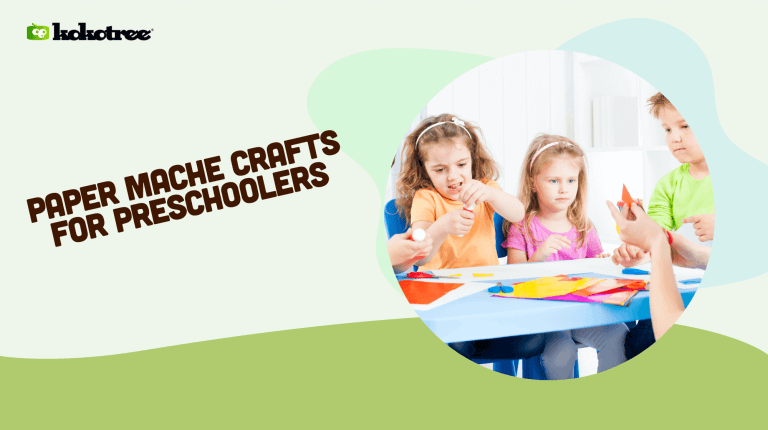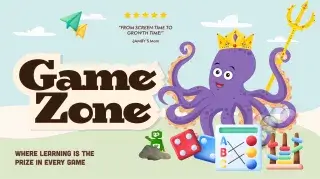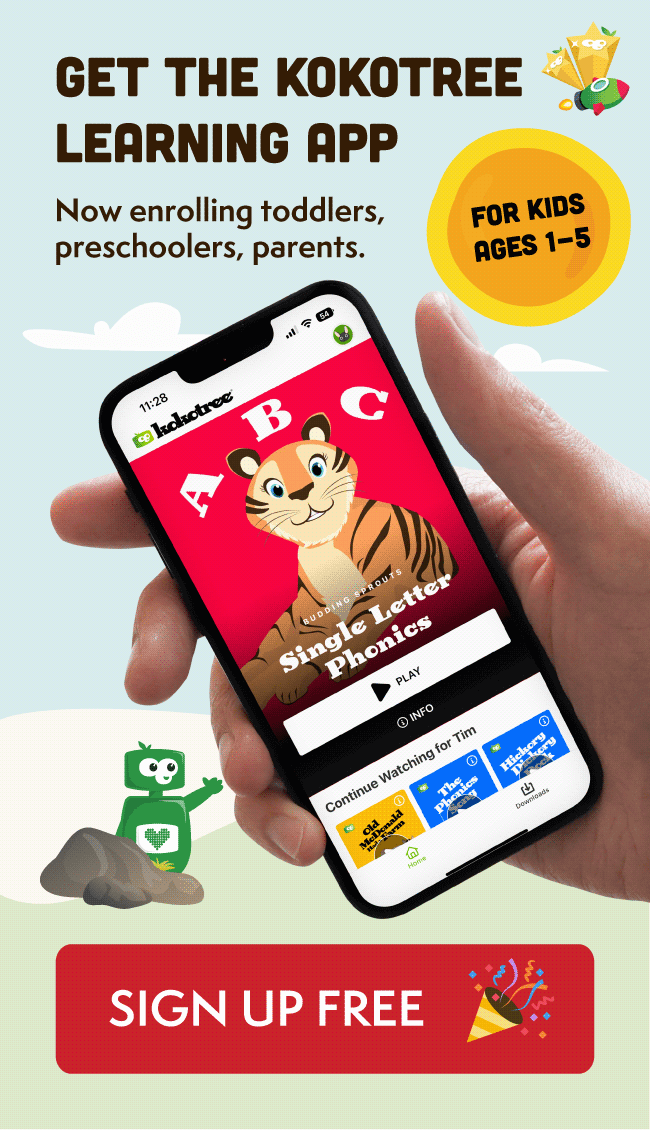

Welcome to our blog post about ‘Paper Mache Crafts for Preschoolers!’ If you’re a parent of a toddler, you know how important it is to keep them engaged in creative and fun activities. Not only do these projects build their imagination, but they can also help them develop crucial fine motor skills. In this post, we’ll explore some exciting paper mache crafts that your little ones will love, and you’ll appreciate the educational benefits they provide! So sit back, relax, and let’s dive into the wonderful world of paper mache for preschoolers.
Paper mache crafts for preschoolers involve using a mixture of water, glue, and paper strips to create various shapes and objects. These activities help young children develop their fine motor skills, imagination, and creativity. By engaging in paper mache projects, kids learn to manipulate materials, experiment with textures, and express themselves artistically. Some popular paper mache ideas for preschoolers include making animal masks, bowls, or even small sculptures. These projects not only foster learning and development but also provide a fun bonding experience for parents and their little ones.
Introducing paper mache crafts in early childhood education provides numerous benefits that can contribute to a well-rounded development in young children. Some of these benefits include:
A simple and practical craft, paper mache bowls are perfect for preschoolers. Here’s a step-by-step guide to get started:
Bring out the inner artist in your little ones with these fun and creative paper mache animal masks:
Teach your kids about geography and unleash their creativity with this engaging paper mache globe project:
Enrich their storytelling abilities with these delightful paper mache puppets:
Spark their imaginations with this open-ended activity, allowing them to create anything their minds can envision:
While hands-on crafts are an essential part of early childhood education, supplementing with technology can enhance the learning experience. Consider using a learning app for toddlers or educational online resources to introduce new topics, reinforce learned skills and support your child’s growth.
Now that you have a variety of paper mache crafts for preschoolers at your fingertips, it’s time to gather your supplies and dive into these fun, educational projects with your child. Make lasting memories while improving their fine motor skills, creativity, and problem-solving abilities. Enjoy the process and watch your preschooler’s confidence and enthusiasm for learning grow!
Before diving into the world of paper mache crafts, it’s essential to set up an appropriate crafting environment for your preschooler. Here are a few helpful tips to create a conducive space for your child’s creativity and learning:
Prepare all the necessary materials ahead of time. This includes items like strips of newspaper or magazine paper, bowls to mix the paste, and old clothes or smocks for your child to wear while working on the project. By organizing everything beforehand, you can focus on the craft and provide a more enjoyable experience for your preschooler.
Choose a crafting area that is easy to clean and large enough for the project at hand. Ensure adequate table space, and covering the surface with a plastic tablecloth or large piece of paper can make cleanup much easier. Pick an area in the house that allows for easy supervision and is away from distractions to help maintain your preschooler’s focus.
Although paper mache crafts are perfect for preschool-age children, adult supervision is crucial. Remain present and engaged throughout the project, offering guidance and support when needed. This is an ideal opportunity to bond with your child while promoting their creativity and skills development.
While working with paper mache, it’s essential to make the process fun and engaging for your toddler. Below are a few tips to keep the excitement alive:
Choose topics and themes that your preschooler loves. Whether it’s animals, superheroes, or their favorite cartoon characters, incorporating their interests into the crafts will make the experience more enjoyable and boost their enthusiasm for learning.
The primary goal of these crafts is to promote toddler education and skill development. Focus on the process rather than seeking perfect results. Encourage your child to be creative, learn from mistakes, and practice patience as they work on their masterpiece.
Once the paper mache craft is complete, take the time to display your child’s artwork proudly. Share their creative work with relatives, close friends, or even on social media to show your support and reinforce your preschooler’s confidence and self-esteem.
By incorporating these additional tips and information into your paper mache crafting journey, you can create an even more enriching experience for your preschooler. With the right environment, materials, and support, your child’s toddler education will thrive through these engaging and enjoyable paper mache projects.
In this section, we’ve compiled a list of frequently asked questions related to paper mache crafts for preschoolers. Explore the questions and answers below to find the information you need to create a successful and fun crafting experience for your little one.
Paper mache crafts can be introduced to children as young as preschool age, typically around 3 to 4 years old. At this stage, they have developed basic motor skills and can safely handle the materials involved.
Yes, you can create your own homemade paper mache paste by mixing equal parts water and white glue. Alternatively, you can cook a mixture of one part flour and one part water to create a thick, smooth paste.
Yes, you can use other types of paper, such as construction paper, magazine pages, or tissue paper. However, newspaper is often chosen because it is readily available, inexpensive, and easy to work with.
The drying time for paper mache crafts can vary depending on factors such as humidity, temperature, and the thickness of the layers. Generally, it can take anywhere from 12 to 48 hours for paper mache to fully dry.
You can speed up the drying process by placing the paper mache craft in a warm, dry, and well-ventilated area. Using a fan, hairdryer or space heater can also help it dry faster. However, be sure to monitor the project closely to avoid over-drying or damage.
Yes, paper mache is safe for preschoolers when provided with proper supervision. Ensure that the materials used, such as glue and paint, are non-toxic and age-appropriate. Encourage hand-washing after the completion of each project to maintain hygiene.
Once the paper mache project is completely dry, you can make it waterproof by applying a coat or two of clear, water-based varnish or sealant. This will provide a protective layer and help prevent water damage.
Encourage patience and persistence by reminding your child that the process is more important than the end result. Break the project into smaller steps or take short breaks if necessary. Remain positive and supportive throughout the activity.
Yes, paper mache crafts made from recyclable materials like newspaper can be recycled. However, before recycling, remove any non-recyclable accessories or embellishments, such as plastic or metal pieces.
Encourage your preschooler to practice using scissors by cutting the paper strips, mix the paste with a spoon, squeeze and manipulate the paper, and paint with brushes. Each of these activities helps develop and refine fine motor skills.
If the paper mache project is too delicate, you can strengthen it by adding more layers of paper mache or applying a coat of glue or sealant after the project is completely dry.
For easy cleanup, cover your work surface with a plastic tablecloth or disposable paper. Use damp cloths, paper towels, or baby wipes to clean up spills and store leftover paste in an airtight container for future use.
Yes, paper mache crafts can be adapted for special needs children by modifying the tasks to suit their abilities. Assist with steps that may be challenging, provide additional support or supervision, and focus on the child’s strengths and interests to create a positive and inclusive crafting experience.




